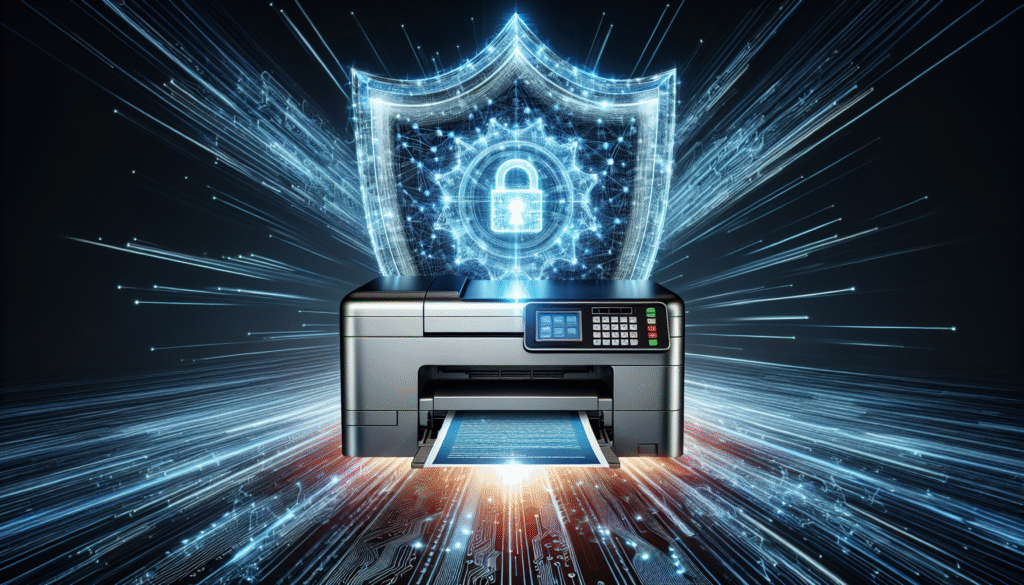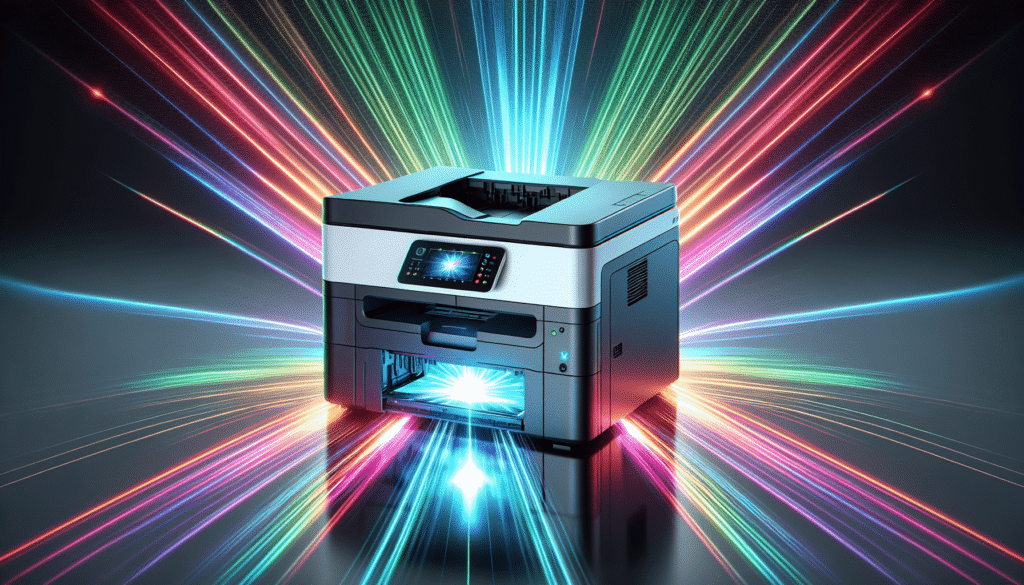Have you ever found yourself wondering how the world of quantum computing can influence everyday activities like printing? It’s an intriguing thought, isn’t it? Quantum computing, a field that seems to belong more in a sci-fi movie than in our daily lives, is reshaping the way we approach complex problems, including those in the printing industry.

Understanding Quantum Computing
To truly appreciate the impact of quantum computing on print processes, it helps to get a grasp on what quantum computing actually is. Think of it as a new type of computer that’s based on the principles of quantum mechanics. While classical computers use bits as the smallest unit of information, a quantum computer uses quantum bits, or qubits. The magical thing about qubits is that they can exist in multiple states at once, thanks to phenomena like superposition and entanglement. It’s like being able to wear a coat and not wear a coat at the same time until you check in the mirror.
Quantum computations happen in parallel, unlike classical machines where operations occur sequentially. Imagine being able to cook dinner, read your favorite book, and watch a movie all at the same time—and not have any of them turn out terrible. That’s the promise of quantum computing: enormous processing power and efficiency that could make light work of tasks that stump even the best supercomputers today.
Complex Algorithm Efficiency
When we talk about optimizing algorithms with quantum computing, it’s like unleashing a super-intelligent genie that can solve puzzles faster than you can say “abracadabra.” Traditional algorithms, like those used in computing for sorting or searching tasks, follow a list of instructions. Quantum algorithms, however, have the ability to perform and solve logical operations much more quickly.
The Advantage of Qubits
Now, you may ask, why are qubits faster than traditional bits? Let’s break it down. Traditional computing operates like switching lights on and off in a series. You’re flipping each light switch one after another. In contrast, with qubits involved in quantum computing, it’s like being able to flick all the lights on or off simultaneously. It dramatically cuts down the time needed to solve complex algorithms.
Table: Traditional Bits vs Quantum Qubits
| Feature | Traditional Bits | Quantum Qubits |
|---|---|---|
| Basic Unit | Bit (0 or 1) | Qubit (0 and 1) |
| Operation | Sequential | Parallel |
| Processing Capability | Limited | Exponentially Higher |
| State Possibilities | Single | Multiple Simultaneous |

Printing Processes in Focus
So, how do these quantum advances translate when we’re looking at the practical world of printing? From pre-press to production, printing involves a variety of processes where optimization matters. Let’s consider each part.
Pre-Press Optimization
Before any ink hits paper, the pre-press process involves preparing for print, such as layout design, imposition, and color correction. Here, quantum computing could redefine efficiency by enabling quicker data processing for design verification and error checks. Imagine not having to proofread your work a dozen times because a quantum algorithm already caught all those pesky errors faster than you could blink.
Efficient Production Scheduling
Then we have the actual production process, with its complex scheduling puzzles that may seem impossible to untangle. Many printing companies balance multiple jobs on different machines, considering printing times, delivery deadlines, and resource allocation. Quantum computing can solve these scheduling conundrums rapidly, optimizing for cost and resources like a master chess player anticipating dozens of moves ahead.
Quality Control and Error Reduction
Quality control is another area that benefits from quantum computing. With its quick data processing, this technology can ensure real-time error detection and correction, paving the way for near-perfect prints. It’s like having a seasoned detective on your team, catching inconsistencies before they even happen, saving you time and resources in the long run.
The Path to Adoption
The benefits of quantum computing in optimizing print processes are clear, yet adopting this breakthrough isn’t as simple as waving a magic wand. Several considerations come into play for businesses aiming to integrate quantum technology.
Current Challenges
-
Technical Complexity: Quantum computers are complex machines that require specialization to build and operate. Not every company is going to have a quantum physicist on standby.
-
Cost: Implementing quantum solutions is expensive currently, with the technology still emerging from the research phase. It’s akin to owning one of those luxury yachts—beautiful and powerful but a little hard on your wallet.
Adoption Timeline
Given these challenges, you may wonder when quantum computers will be common in industries like printing. As of my latest knowledge, we’re at the early stages, with more research needed to scale the technology for widespread use. Some forecasts suggest practical applications in industries could be attainable in the next decade or so, a relatively short wait in the grand scheme of technological evolution.
Looking to the Future
While immediate adoption across all printing processes may not be on the cards, the future certainly looks promising. There’s significant investment from tech giants and researchers to address current barriers and make quantum computing more accessible.
Industries to Watch
-
Large Scale Printing: Companies dealing with massive print runs, like those for packaging or publication, could be first in line to benefit.
-
Personalized Printing: The growing demand for custom prints in areas like fashion and marketing could spur the need for fast, efficient quantum solutions.
Anticipated Innovations
With advancements in quantum computing, we could look forward to innovations that not only refine existing processes but also enable entirely new methods of printing. Who knows? Maybe in a few years, we’ll be talking about quantum printers smart enough to personalize content on-demand or print structures at the molecular level.
Conclusion
Quantum computing holds the potential to transform the print industry by optimizing processes with astonishing speed and accuracy. From efficient algorithms that minimize wastage to seamless scheduling and superior quality control, the possibilities are exciting. Yet, it’s important to understand the hurdles present today and the transition timeline needed for practical adoption.
While the realization of quantum-enhanced printing might still seem like a distant star, the trajectory is clear. We’re moving towards a future where printing, along with many other industries, will no longer be about doing things the traditional way but about embracing revolutionary approaches fueled by the powers of quantum computing. Imagine a world where mind-bending puzzles are solved in seconds and printing is not just smarter, but wiser.
In closing, maybe the world of quantum computing and printing isn’t so elusive after all. It’s unfolding in a playful dance between science fiction and reality, one that will eventually have us all wondering how we ever managed without it.


